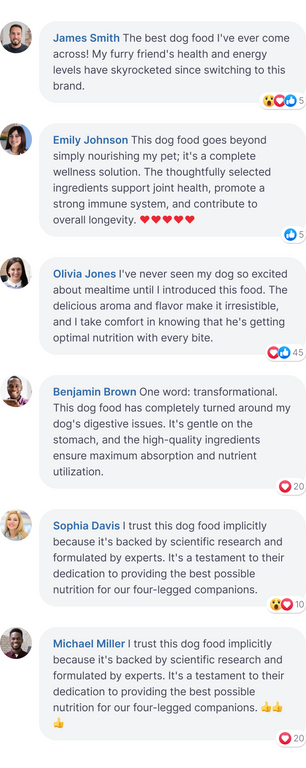Once IBR enters your herd, it can spread fast—especially in tight quarters like feedlots or dairies. A solid vaccination plan is your strongest defense against this aggressive respiratory and reproductive threat.Preventing Infectious Bovine Rhinotracheitis (IBR) starts with a proactive, whole-herd health management strategy. Because IBR is highly contagious and often triggered or worsened by stress, prevention hinges on minimizing risk factors, supporting immune function, and maintaining consistent vaccination protocols.
Vaccination is the cornerstone of IBR prevention. Work with your veterinarian to build a vaccination schedule tailored to your herd’s age groups, breeding status, and exposure risk. While vaccinated animals may still contract the virus, symptoms are typically milder, and transmission is reduced. For young calves, timing is critical—some modified live vaccines may not be suitable for nursing calves, as they could pose a risk to pregnant cows through viral shedding.
Biosecurity also plays a major role. Quarantine new or returning animals, limit unnecessary commingling, and maintain clean equipment and facilities. Keeping stress to a minimum—especially during transport, weaning, or extreme weather—can help support immune function and reduce susceptibility to infection.
Finally, nutritional support and hydration are essential in giving cattle the resources they need to mount a strong immune response. Balanced minerals, consistent water access, and a low-stress environment all contribute to keeping IBR out of the picture—and your herd healthy and productive.
The immune-boosting properties of CattlActive® can help to increase vaccine efficacy and strengthen the body's own immune response to pathogens such as IBR. Learn more about CattlActive® by visiting our Learning Center.





